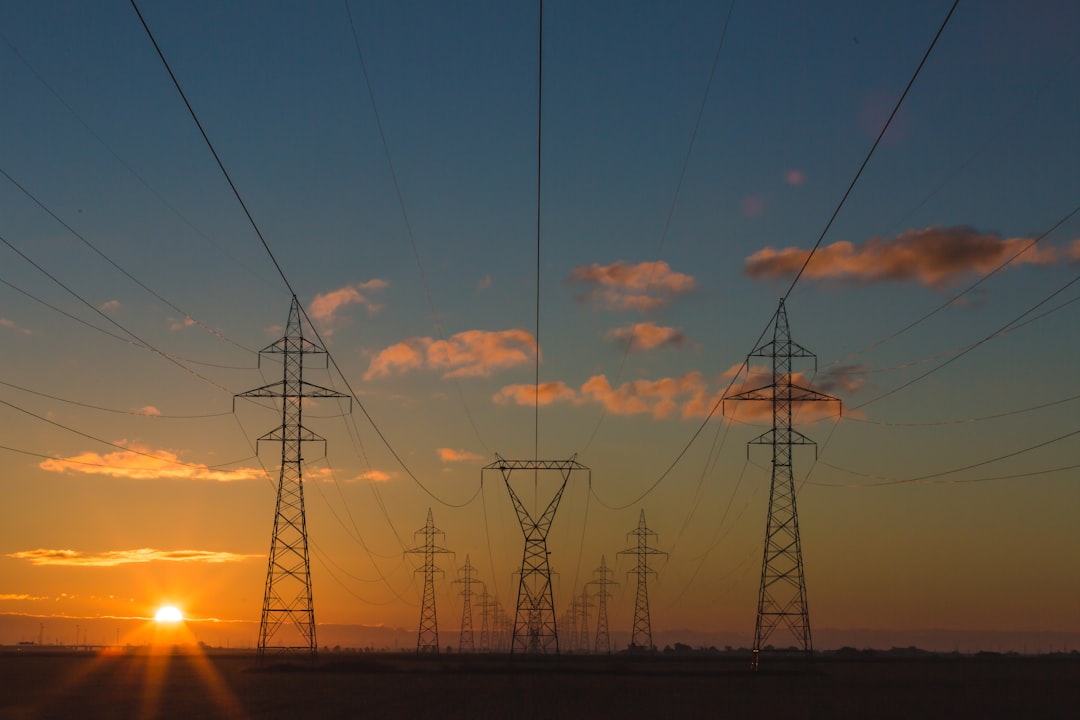What is it about?
In the last decade, van der Waals materials and heterostructures came in the limelight. Thousands of materials with different properties were identified and they can be combined to modify the properties even further.We investigated the Electron Spin Resonance (ESR) in a Graphene/MoS2 device and found that the g-factor of graphene is modified due to its proximity to MoS2 and this indicates proximity induces Spin-Orbit Coupling (SOC) in graphene.
Featured Image

Photo by Łukasz Nieścioruk on Unsplash
Why is it important?
It is possible to assemble a large number of different vdW materials in order to tailor a system with specific properties, thus bringing together the best of “many worlds.” Graphene is a material with excellent conductivity, but small spin-orbit coupling (SOC) restricts its use in applications like Spintronics. By coupling it with MoS2, we show that the g-factor is modified indicating an enhanced SOC in the system.
Perspectives
This article explains in detail how electron spin resonance works, which is usually not available. We have also described in detail the calculation of carrier densities in graphene which we ourselves could not find in most published articles. It will definitely be interesting for researchers working on graphene, spin resonance, van der Waals heterostructures etc.
Chithra H. Sharma
Universitat Hamburg
Read the Original
This page is a summary of: Electron spin resonance in a proximity-coupled MoS2/graphene van der Waals heterostructure, AIP Advances, March 2022, American Institute of Physics,
DOI: 10.1063/5.0077077.
You can read the full text:
Resources
Contributors
The following have contributed to this page










